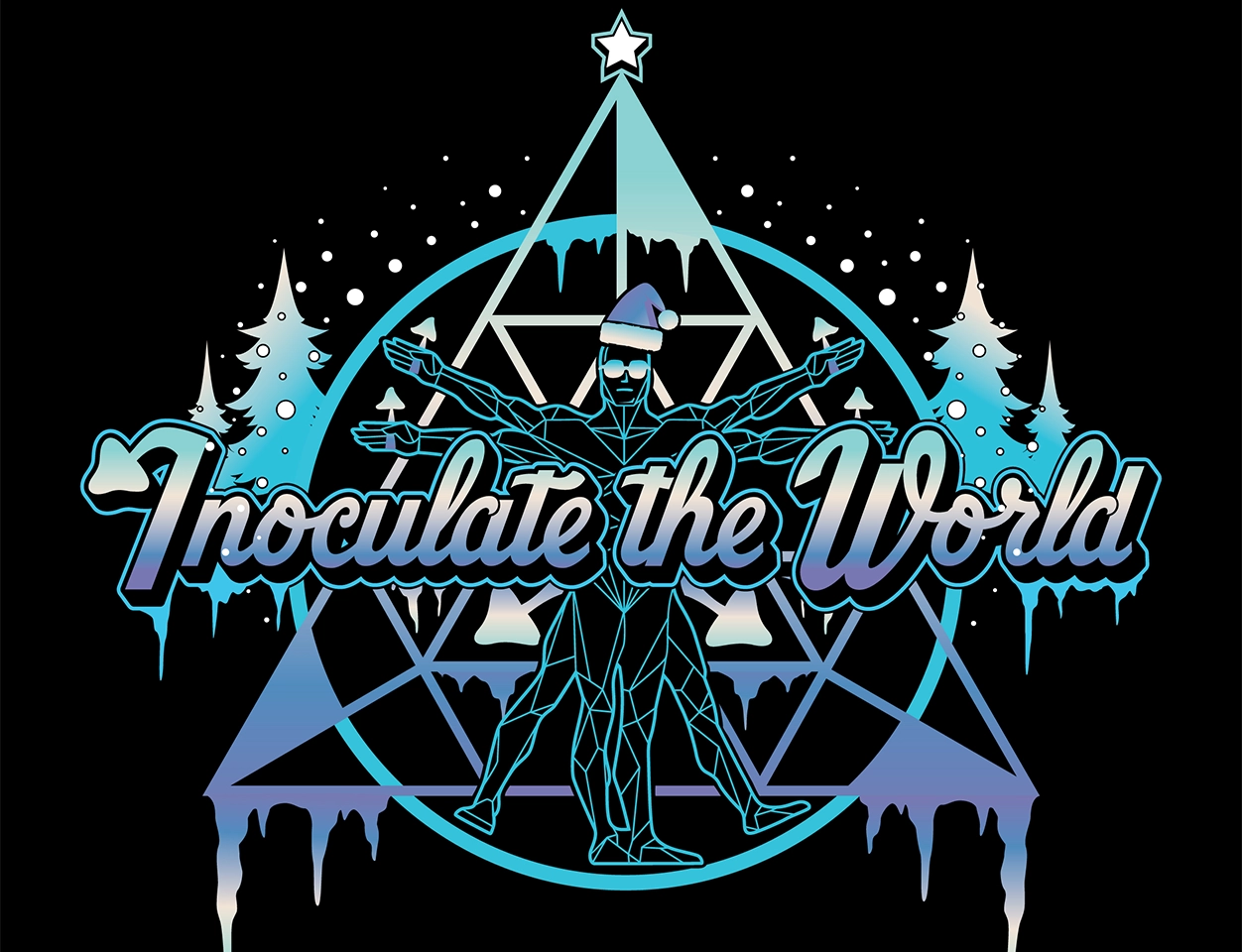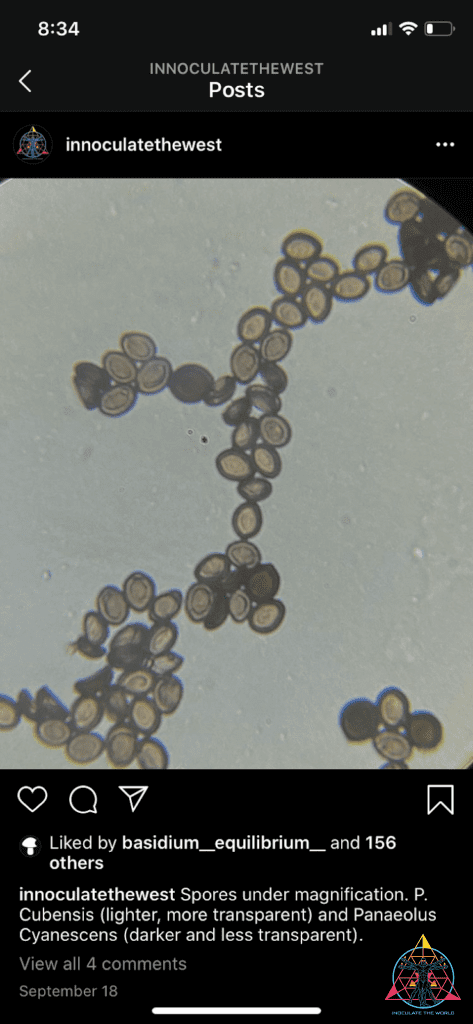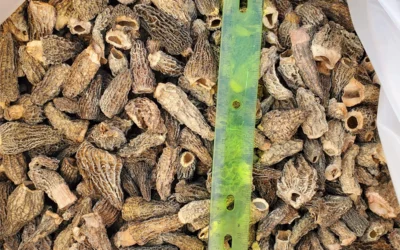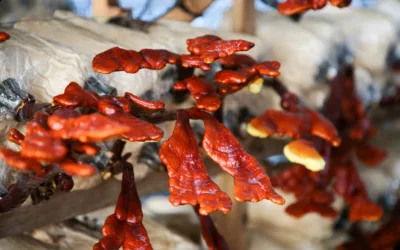Denmark-based biology company Octarine began producing psilocybin via a brewer’s yeast called Saccharomyces cerevisiae. While producing less than previous strains of bacteria and yeast this has proven to be the cheapest method. While losing about half of the production to psilocin conversion they are trying to work through those issues. They believe that the yeast processes are too similar to our stomach digestion and converting the psilocybin to psilocin. While still useful and may have a higher binding rate to Serotonin receptors, they are trying to make more psilocybin as that’s what they are testing. The reason for all of this is to make psilocybin more available to scientists and healthcare researchers. Traditionally, Psilocybin mushrooms are grown from spores, but this process is costly and labor-intensive under good practice methods. This is a step for companies to be able to collect more data and run more tests at a cheaper rate.
Related Articles
Maria Sabina, Mazatec Wisdom, and the Costs of Psychedelic Tourism
Maria Sabina is often remembered as one of the most influential figures in the psychedelic world, renowned for her role as a poet, and shaman, and as the woman who introduced magic mushrooms to Gordon Wasson, and thus, the Western world. Maria Sabina’s quotes...
Forage to Feast: Exploring the Biology and Culinary Magic of Morel Mushrooms
It’s a mild spring day, with the warm sun casting flecks of light on the forest floor. Deciduous tree branches tangle together overhead and close in around a grassy depression, likely the remnant of a past disruption or abandoned pathway. The mushroom forager...
The Mushroom of Immortality: Learn About Medicinal Reishi Mushrooms
Reishi, along with the entire Ganoderma Genus, is prized for its health benefits, and is among the most unique-looking fungi in our collection. In this article, we’ll discuss some of the health benefits of Reishi mushrooms and Ganoderma as a whole. We’ll also discuss...







